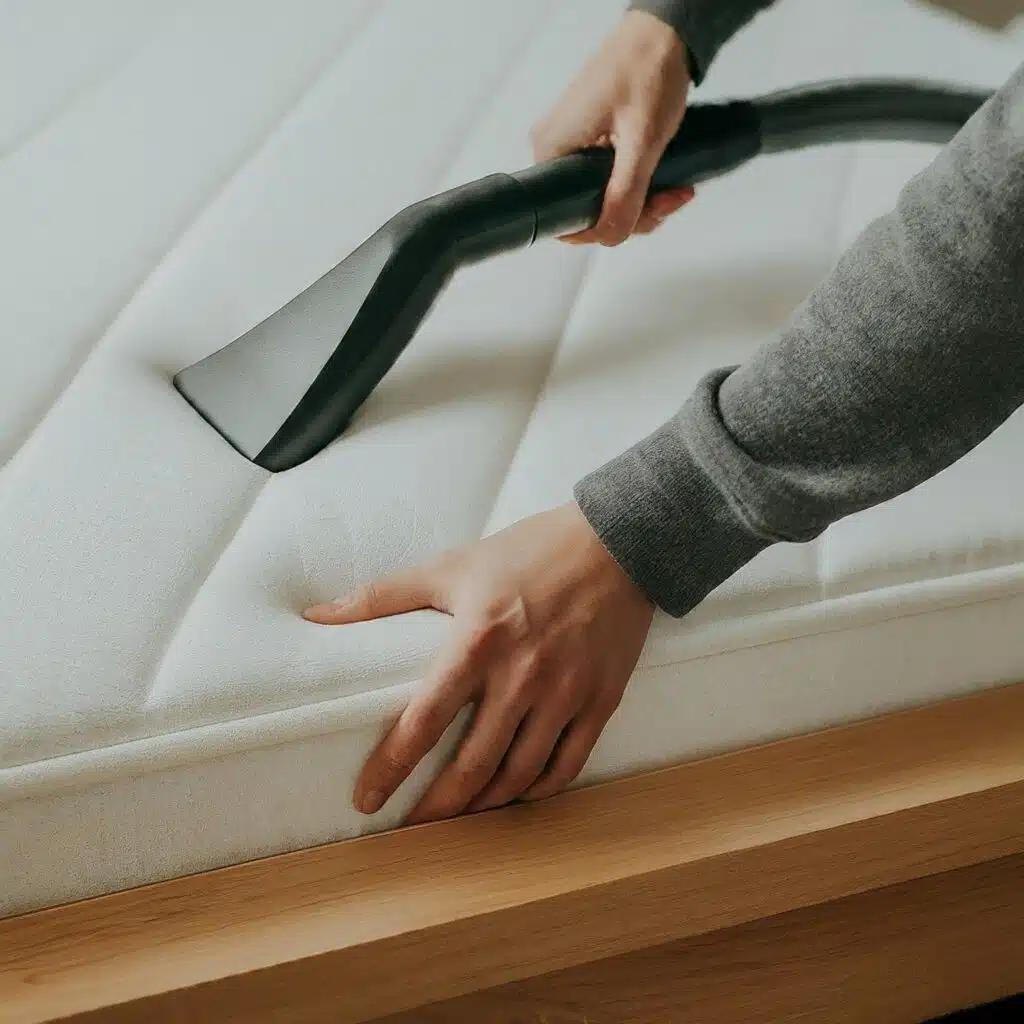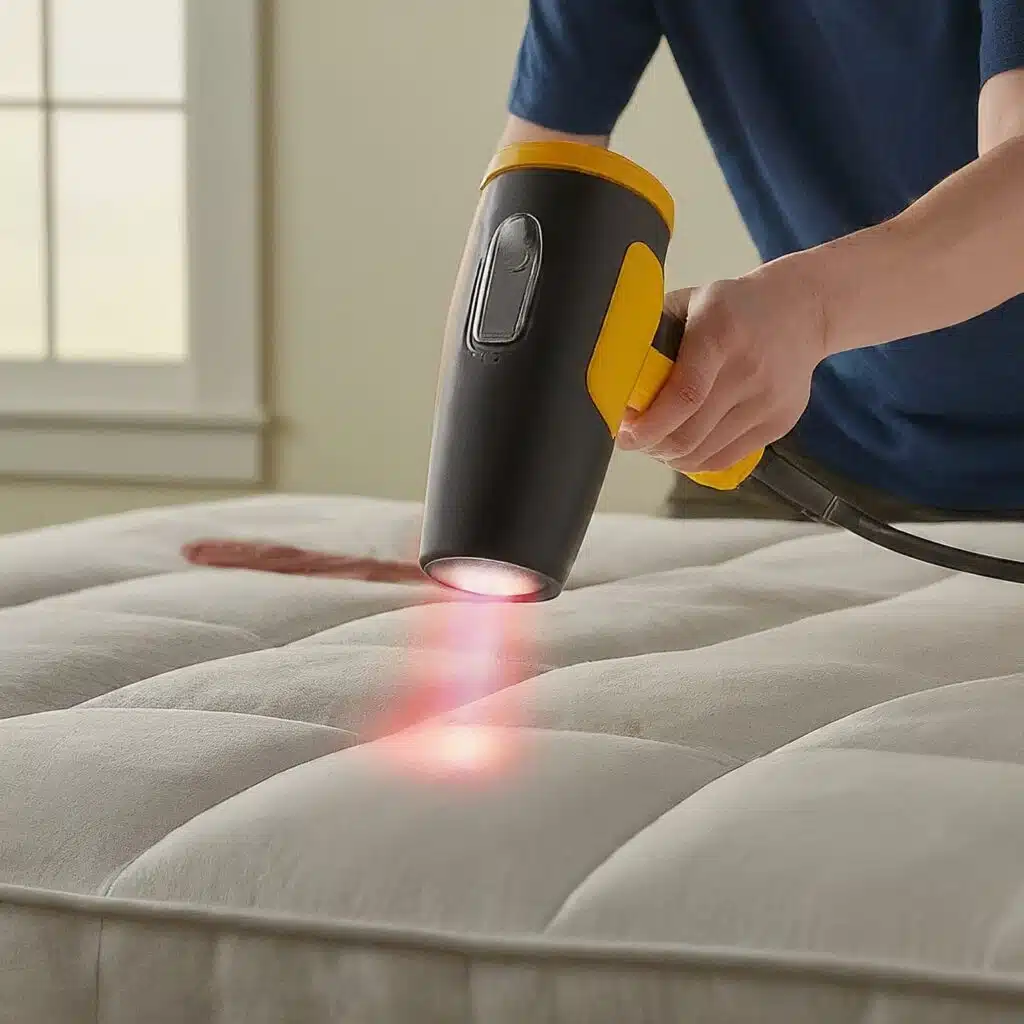It’s the last quarter of the year—holidays, family gatherings, and maybe even a bit of travel are on the horizon. But there’s one unwanted guest you don’t want to bring home: bed bugs. Unfortunately, this time of year is prime season for bed bugs, especially with everyone on the move.
If you’re dealing with bed bugs during the last quarter, don’t panic. We’ve got your back. At Thermopest, we’ve helped countless people tackle these stubborn pests, and we’re here to guide you through the most effective ways to kill bed bugs and get back to enjoying your home (without the creepy crawlies).

Why Bed Bugs Are a Bigger Problem
You’d think colder weather would keep bed bugs at bay, but actually, it’s the increased travel and house guests that can bring them into your home. Whether you’re heading to a hotel for the holidays or just welcoming family, bed bugs love to hitch a ride in luggage and on clothing. And once they’re in your house? They’re hard to get rid of if you don’t act quickly.
The key to tackling bed bugs is immediate action. The longer you wait, the bigger the infestation gets. And trust me, the emotional and physical toll of a bed bug infestation isn’t something anyone wants to deal with. So, how do you kill bed bugs effectively? Let’s dive in.
Identifying a Bed Bug Infestation
Before you can treat bed bugs, you’ve got to be sure that’s what you’re dealing with. Bed bugs are tiny, brownish, and oval-shaped, and they love hiding in tight spaces like mattress seams and bed frames. They come out at night to feed, leaving red, itchy bites as their calling card. Not fun, right?
Common Signs of Bed Bugs:
- Red, itchy bites, often in a line or cluster.
- Tiny blood stains or black specks (bed bug droppings) on your bedding.
- Live bed bugs or their pale, small eggs in crevices, furniture, or bedding.
When in doubt, check your mattress seams, bed frames, and cracks in furniture. These pests are experts at staying hidden, so you’ve got to be thorough.
How to Kill Bed Bugs: Effective Methods
Once you’ve confirmed bed bugs are present, it’s time to act fast. There’s no magic wand for getting rid of them—but there are effective methods that can help you wipe them out.
1. Heat Treatments
One of the most effective ways to kill bed bugs is heat. Bed bugs can’t survive temperatures above 50°C, making heat treatments a fantastic option. If you can, toss your bedding and clothes into the dryer on high heat. Even better, you could use a steamer to treat your mattress, bed frame, and furniture.
For larger infestations, you may want to call in a professional heat treatment—this is where Thermopest comes in. We use specialised equipment to heat an entire room or even your whole home to kill bed bugs in one go. It’s a powerful method that targets every life stage, from eggs to adults.
2. Chemical Treatments
Sometimes, chemicals are necessary, especially in severe cases. Bed bug pesticides can be effective, but make sure you choose the right one—not all are designed for these resilient pests. You’ll need to spray along mattress seams, bed frames, and any other areas where bed bugs are hiding.
Just be cautious: if you’ve got pets or kids, some chemicals can be harmful. That’s why professional help is often the best route if you’re going down the chemical treatment path. We’ll ensure it’s done safely and effectively, so you don’t have to worry about lingering chemicals in your home.
3. Natural Solutions
Not keen on chemicals? You’re not alone. Many people opt for natural remedies, like diatomaceous earth. This powder works by dehydrating the bed bugs when they crawl over it. It’s non-toxic and can be sprinkled around bed frames, mattress seams, and other hotspots. Just remember: it works best when left undisturbed for a while, so don’t vacuum it up straight away!
Some folks also swear by vinegar or essential oils. While these might help repel bed bugs temporarily, they won’t get rid of an infestation on their own. So, if you’re going the natural route, be prepared to combine it with other treatments.
4. Vacuuming and Deep Cleaning
Never underestimate the power of a good vacuum. Regular vacuuming can help remove bed bugs and their eggs from mattresses, carpets, and furniture. Focus on the areas where bed bugs are likely hiding, like mattress seams and the cracks in your bed frame. Once you’re done, make sure to seal the vacuum bag and dispose of it outside immediately. You don’t want any escapees making their way back into your home!
Washing all your bedding and fabrics on a hot cycle is also a must. It’s a simple but effective way to kill bed bugs hiding in sheets, clothes, and curtains.
Preventing Reinfestation After Treatment
Now that you’ve dealt with the bed bugs, the last thing you want is for them to come back. Here’s how to stop them from making a return appearance:
Mattress and Box Spring Encasements
One of the best preventative measures you can take is investing in mattress and box spring encasements. These zippered covers trap bed bugs inside, stopping them from feeding and reproducing. If any bugs are left behind after treatment, they’ll eventually die out without access to food. Plus, encasements make it easier to spot any new infestations early.
Regular Inspections and Maintenance
After treating your home, make it a habit to inspect regularly. If you’ve travelled or had guests over, check your bedding and furniture for any signs of bed bugs. You can also use bed bug traps under bed legs to monitor for any stragglers.
Minimising Clutter
Clutter gives bed bugs more places to hide, so keeping your home tidy can help prevent them from settling in. Regularly vacuum and dust to remove any potential hiding spots, especially in bedrooms and living areas.
When DIY Solutions Aren’t Enough
Sometimes, even with your best efforts, bed bugs can get the upper hand. They’re tough to beat, especially if the infestation is widespread. So, how do you know when it’s time to call a professional?
If you’ve tried DIY methods and are still seeing bites or signs of bed bugs after a couple of weeks, it’s time to get help. At Thermopest, we’ve got the expertise and tools to eliminate bed bugs efficiently, using everything from heat treatments to safe chemical solutions. Let us take care of the hard work so you can get back to a bug-free home.
Bed Bug Treatment FAQs
- How long does it take to kill bed bugs?
It depends on the method you’re using. Heat treatments can kill bed bugs in a matter of hours, while chemical treatments may take a couple of weeks with follow-up applications. - Can bed bugs come back after treatment?
Yes, bed bugs can return if not all eggs are eliminated. That’s why multiple treatments or professional intervention is often necessary. - What’s the most effective treatment for bed bugs?
Heat treatments are generally the most effective, especially when combined with chemical or natural treatments for long-term prevention. - Are natural remedies for bed bugs effective?
Natural remedies like diatomaceous earth can help, but they’re usually not strong enough on their own. They’re best used as part of a broader treatment plan.

Time to Take Action
Bed bugs are no joke, especially when they’re disrupting your home during the last quarter of the year. Whether you’re preparing for holiday guests or just want to sleep peacefully again, it’s important to act fast and use the right combination of treatments.
At Thermopest, we’re experts in eliminating bed bugs quickly and efficiently. So, if you’re struggling to get rid of them on your own, don’t wait—give us a call, and we’ll help you take back control of your home.
At ThermoPest, we’re experts in eliminating bed bugs quickly and efficiently. So, if you’re struggling to get rid of them on your own, don’t wait – give us a call, and we’ll help you take back control of your home.
